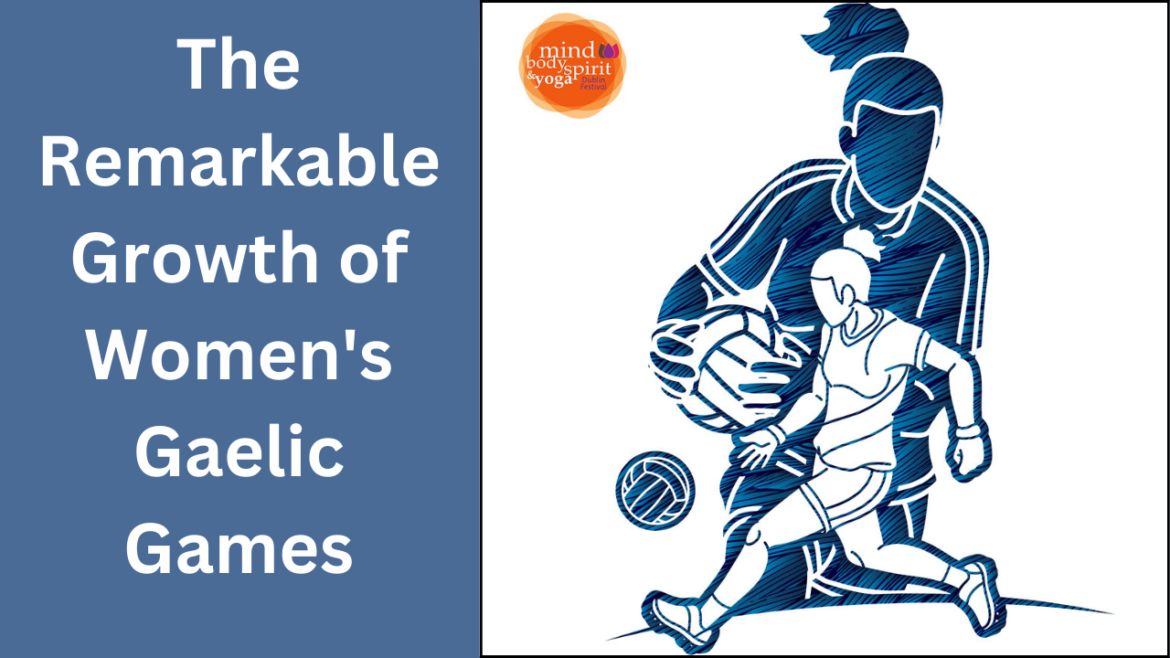In the realm of Irish sports, Gaelic football and hurling have long been celebrated as emblematic of the nation’s sporting prowess and cultural heritage. However, for many years, these sports were predominantly male-dominated, with limited opportunities for women to participate at a competitive level. In recent decades, however, there has been a remarkable surge in the growth of women’s Gaelic games, marking a significant stride towards gender equality in Irish sports. This blog explores the journey of women’s Gaelic games, from its humble beginnings to its current prominence, celebrating the athletes, initiatives, and societal shifts driving this transformative change.
A Historical Perspective:
The roots of women’s participation in Gaelic games can be traced back to the late 19th century when women played informal matches of football and camogie (women’s hurling) in local communities. However, it wasn’t until the mid-20th century that organized women’s Gaelic games began to take shape, with the establishment of official competitions and governing bodies.
One of the pivotal moments in the history of women’s Gaelic games came in 1974 with the formation of the Women’s Gaelic Athletic Association (WGAA), now known as the Ladies’ Gaelic Football Association (LGFA) and the Camogie Association.
These organizations were instrumental in providing structure, support, and recognition to women’s Gaelic games, laying the foundation for its subsequent growth and development.
The Rise of Women’s Gaelic Football:
In recent decades, women’s Gaelic football has experienced exponential growth in participation, popularity, and competitiveness. The establishment of dedicated women’s clubs, the expansion of school and college competitions, and the televising of matches have all contributed to raising the profile of the sport.
Today, women’s Gaelic football boasts a vibrant and fiercely competitive landscape, with county championships, provincial tournaments, and the All-Ireland Senior Championship capturing the imagination of fans nationwide. The skill, athleticism, and dedication displayed by female Gaelic footballers have earned them admiration and respect on par with their male counterparts.
The Emergence of Camogie:
Camogie, the ancient Irish sport played with hurleys and a ball, has also witnessed significant growth and evolution in recent years. Traditionally seen as the female counterpart to hurling, camogie has developed its own unique identity and fan base, attracting players of all ages and skill levels.
The revitalization of camogie can be attributed to various factors, including investment in coaching and development programs, the promotion of the sport in schools, and strategic marketing initiatives aimed at enhancing its visibility and appeal. Today, camogie enjoys widespread popularity across Ireland, with inter-county clashes drawing large crowds and garnering media coverage.
Challenges and Opportunities:
Despite the remarkable progress made in women’s Gaelic games, significant challenges remain on the path towards full gender equality and inclusivity. Issues such as unequal funding, limited media coverage, and disparities in facilities and resources continue to hinder the growth and development of women’s sports.
Moreover, societal attitudes towards women in sports, including stereotypes, prejudices, and gender biases, pose formidable obstacles to female athletes striving to excel in Gaelic games. Breaking down these barriers requires concerted efforts from stakeholders across the sporting spectrum, including governing bodies, sponsors, media outlets, and the wider community.
Nevertheless, amidst these challenges lie immense opportunities to further elevate women’s Gaelic games and empower the next generation of female athletes. Initiatives such as the “20×20” campaign, which aims to increase media coverage, attendance, and participation in women’s sports, have gained traction in recent years, signaling a growing momentum for change.
Empowering Athletes:
The Way Forward: As we look to the future of women’s Gaelic games, it is essential to prioritize initiatives that promote equality, diversity, and inclusivity in sports. This includes investment in grassroots development programs, the provision of equal funding and resources for women’s teams, and the implementation of policies that support work-life balance for female athletes.
Furthermore, raising awareness and challenging stereotypes surrounding women in sports are crucial steps towards creating a more inclusive and supportive sporting culture.
By celebrating the achievements of female athletes, amplifying their voices, and providing visible role models for future generations, we can inspire a new era of excellence and empowerment in women’s Gaelic games.
Conclusion:
The growth of women’s Gaelic games represents not only a sporting triumph but also a social and cultural milestone in Ireland’s history. From its humble beginnings to its current prominence, women’s Gaelic football and camogie have defied convention, shattered stereotypes, and empowered generations of athletes to pursue their passion for sport.
As we continue to champion the cause of women’s sports, let us reaffirm our commitment to equality, fairness, and opportunity for all. By working together to overcome challenges, seize opportunities, and support the aspirations of female athletes, we can ensure that women’s Gaelic games continue to thrive and inspire future generations for years to come.
